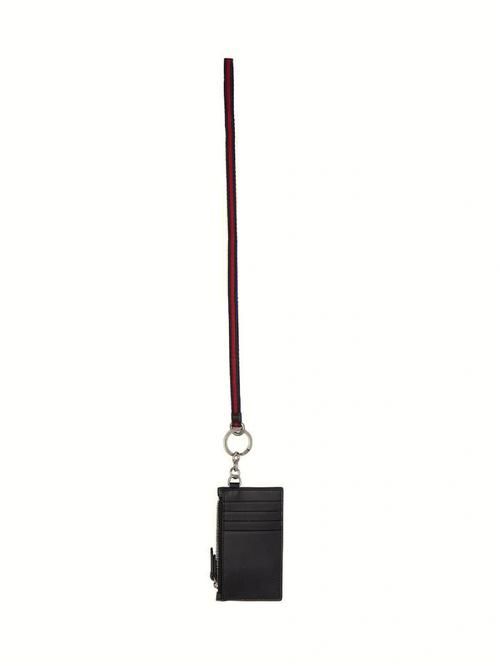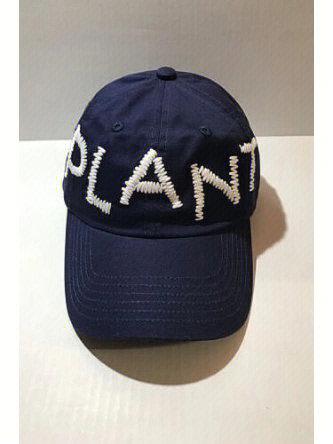
Flea Bite Pictures: A Detailed Look at Their Appearance and Implications for Humans
Have you ever wondered what a flea bite looks like on a human? Flea bites can be quite common, especially during the warmer months when fleas are most active. Understanding the appearance of these bites and their implications can help you identify them and take appropriate measures to prevent and treat them.
What Does a Flea Bite Look Like?
Flea bites on humans typically appear as small, red, itchy bumps on the skin. These bumps are usually found in clusters, as fleas often bite multiple times in the same area. The bites can vary in size, but they are generally less than 1/4 inch in diameter. In some cases, the bites may be surrounded by a small white pustule, indicating an allergic reaction.

Here’s a table showing the typical appearance of flea bites:
| Feature | Description |
|---|---|
| Size | Less than 1/4 inch in diameter |
| Color | Red |
| Shape | Small, round bump |
| Location | Commonly found in clusters, especially around the waist, legs, and arms |
| Surrounding Area | May have a small white pustule, indicating an allergic reaction |
It’s important to note that not everyone reacts to flea bites in the same way. Some people may experience severe allergic reactions, resulting in larger, more inflamed bites, while others may only have mild reactions with small, itchy bumps.
How Do Fleas Bite?
Fleas have specialized mouthparts designed to pierce the skin and suck blood. When a flea bites, it injects saliva into the wound, which can cause an allergic reaction in some individuals. This saliva contains anticoagulants, which prevent the blood from clotting, allowing the flea to feed for an extended period of time.
Here’s a brief overview of the flea biting process:

- Fleas jump onto their host, usually a pet or human, using their powerful hind legs.
- They locate a suitable area to bite, often around the legs, waist, or arms.
- The flea pierces the skin with its mouthparts and injects saliva.
- The flea feeds on the host’s blood for several minutes to hours, depending on its size and the availability of food.
- The flea leaves the host and looks for another meal.
Preventing Flea Bites
Preventing flea bites involves a combination of pet care, environmental control, and personal hygiene. Here are some tips to help you reduce your risk of getting bitten by fleas:
- Regularly groom your pets: Brushing and bathing your pets can help remove fleas and their eggs from their fur.
- Use flea prevention products: Talk to your veterinarian about the best flea prevention options for your pets, such as topical treatments, oral medications, and collars.
- Keep your home clean: Vacuum your home regularly, especially in areas where pets spend a lot of time, to remove fleas and their eggs.
- Wash your pet’s bedding: Fleas can hide in pet bedding, so it’s important to wash it regularly in hot water.
- Keep your yard well-maintained: Mow your lawn regularly, remove debris, and keep your yard free of overgrown vegetation, which can provide a habitat for fleas.
- Use flea repellents: Consider using flea repellents on your clothing and shoes, especially if you spend a lot of time outdoors.
Treating Flea Bites
If you do get bitten by a flea,







